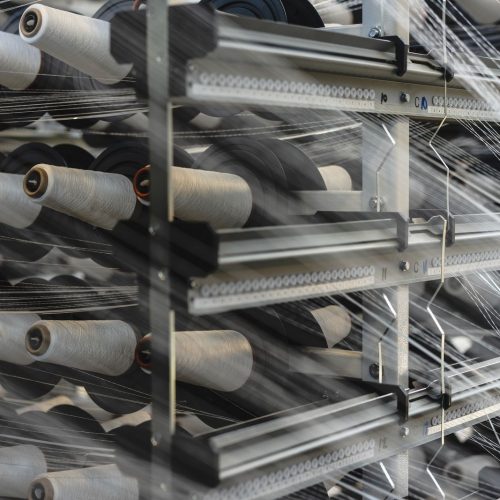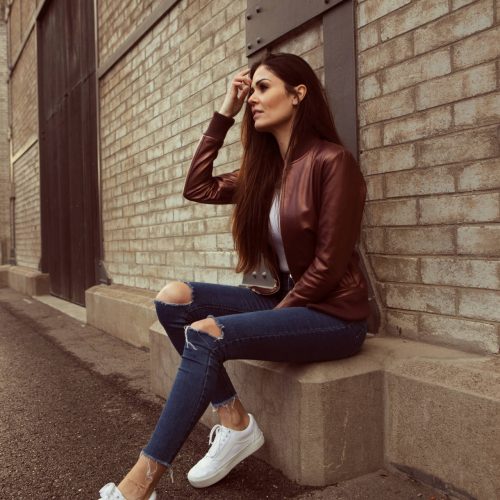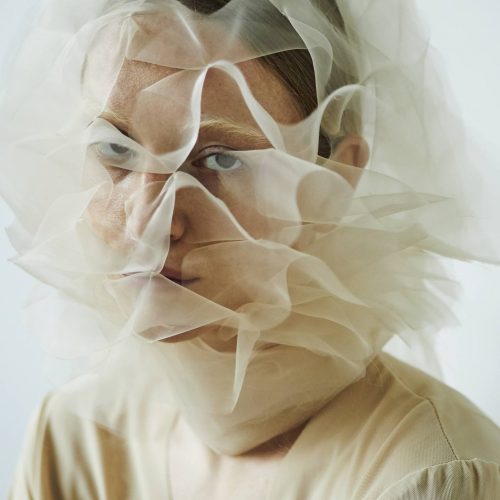Open Source Fashion Cookbook: Garments To Assemble At Home
The incessant protests against institutionalised racism has ignited visionary projects aimed to germinate hopes into systemic change. ADIFF, the female-founded design label known for supporting refugees and tailors from Afghanistan, have launched an open source handbook to sustainable fashion.
To receive the Luxiders newsletter, sign up here.
With the aim of democratising and making sustainable fashion available to everyone, ADIFF has released a cookbook with recipes for a resourceful, experimental and easy-to-craft sustainable future: Open Source Fashion Cookbook. The female-led label, founded by Loulwa Al Saad and Angela Luna, has committed to upcycling common materials found in an average household, creating edgy, useful designs. Upcycling has been a staple of the brand since its foundation in 2017. That year, ADIFF launched a parka jacket able to transform into a tent, eclipsing a functional approach to lifestyle where fashion adapts to our transmuting daily life—instead of directing our Earth’s resources to cater the stiffness of the fashion industry.
ADIFF’s Fashion Cookbook, on the one hand, is a reminder that upcycling will extend the life of these materials, keeping them out of landfills and, on the other hand, that participating in responsible consumption is easy and fun. Their recipes require no particular skill but the will to hunt for abandoned materials and bring to life some DIY garments. Think of it, you collect the tops of a broken umbrella, elastic cords from a sewing kit, and scraps of fabrics; you do some cutting here and there following the instructions and voilà, you’ve crafted your own jacket. Although we have oversimplified what it takes to make a jacket, believe us, with ADIFF it isn’t that hard after all. A similar project has been envisioned by Arina Shokouhi, whose cookbook The Poetic of Soil Health collects recipes to feed the soil, encouraging DIY methods and individual participation to foster environmental resilience. Take a look to our conversation with ADIFF.
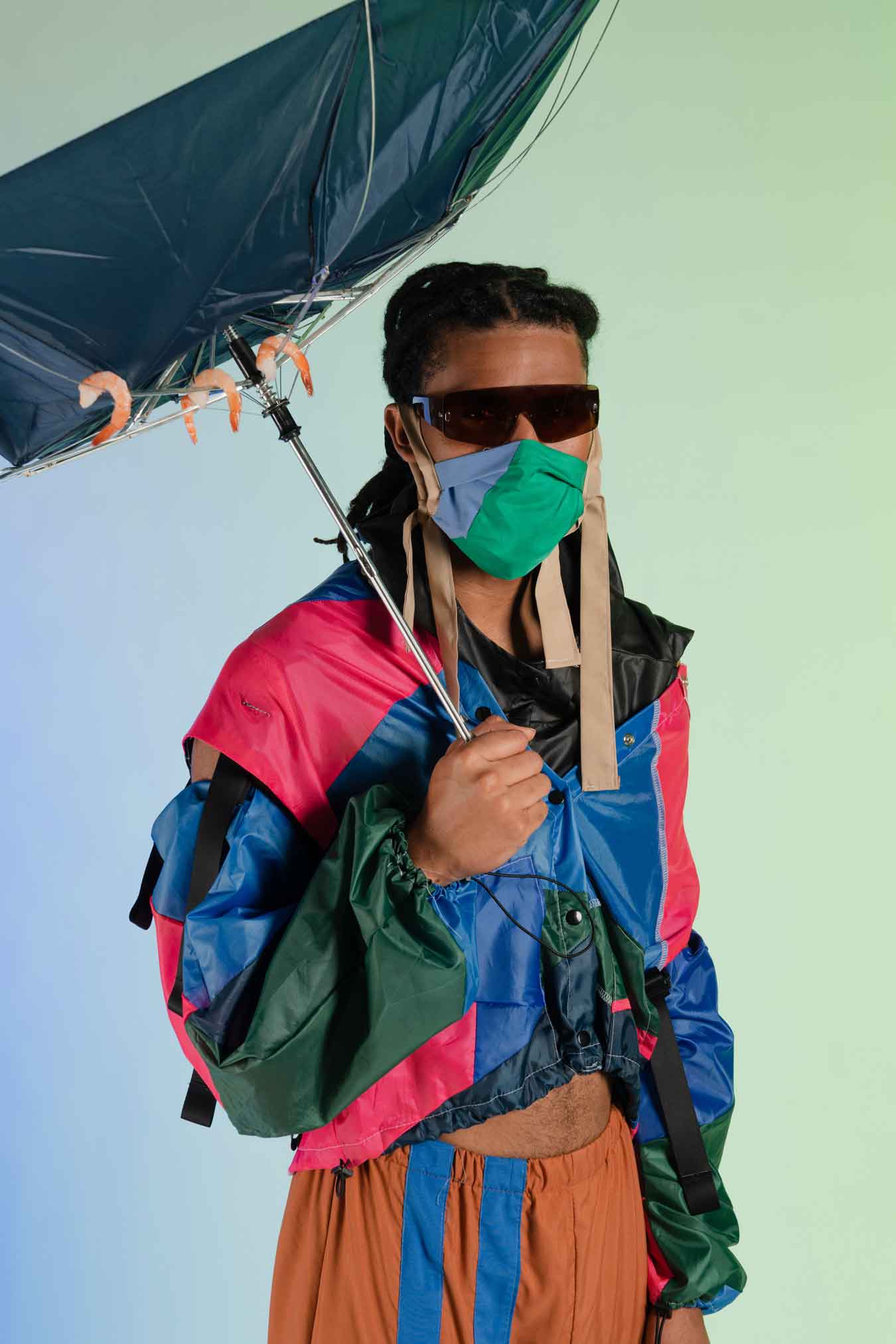
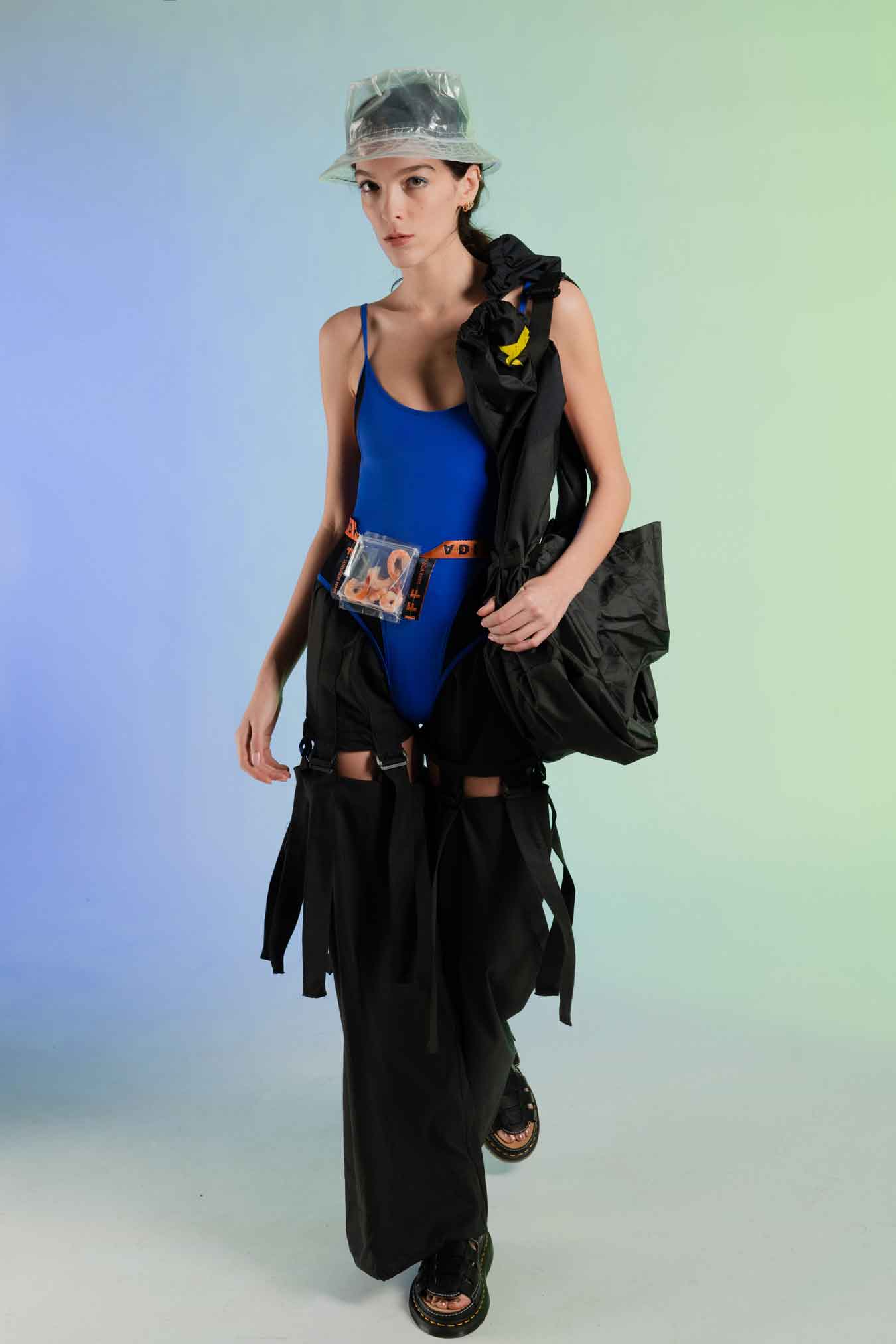
Hi Angela and Loulwa. We’re in awe with your Fashion Cookbook! The question that comes first to most of us is, what skills are needed to be able to make these garments at home?
We don’t require you to be a professional fashion designer or have any specific skill set to be able to follow the recipes within the Cookbook. Some of the designs are more difficult than others, however we also have a no-sew recipe and a few that are great for beginners. The Assembly shirt dress is a trick of styling, requires no sewing, and can ease you into upcycling. Our face mask and system pocket are also very easy and a great starting point.
The Cookbook serves as a full instructional handbook and includes resources for those who know nothing about sewing. Our goal was really to make upcycling as friendly and easy as possible, so everyone could try it!
"We included a tools and materials glossary, a pattern literacy page, and step-by-step instructions on how to deconstruct raw materials and reconstruct them as the raw material for each recipe."
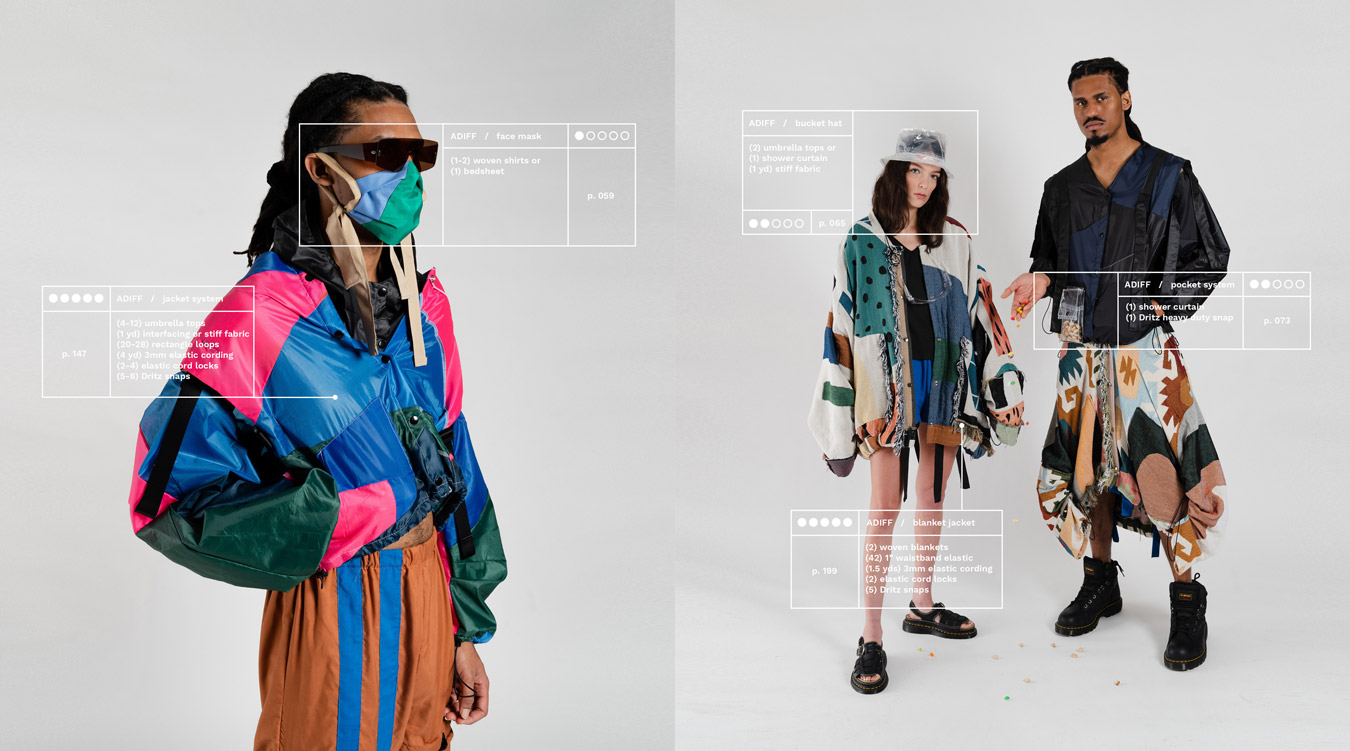
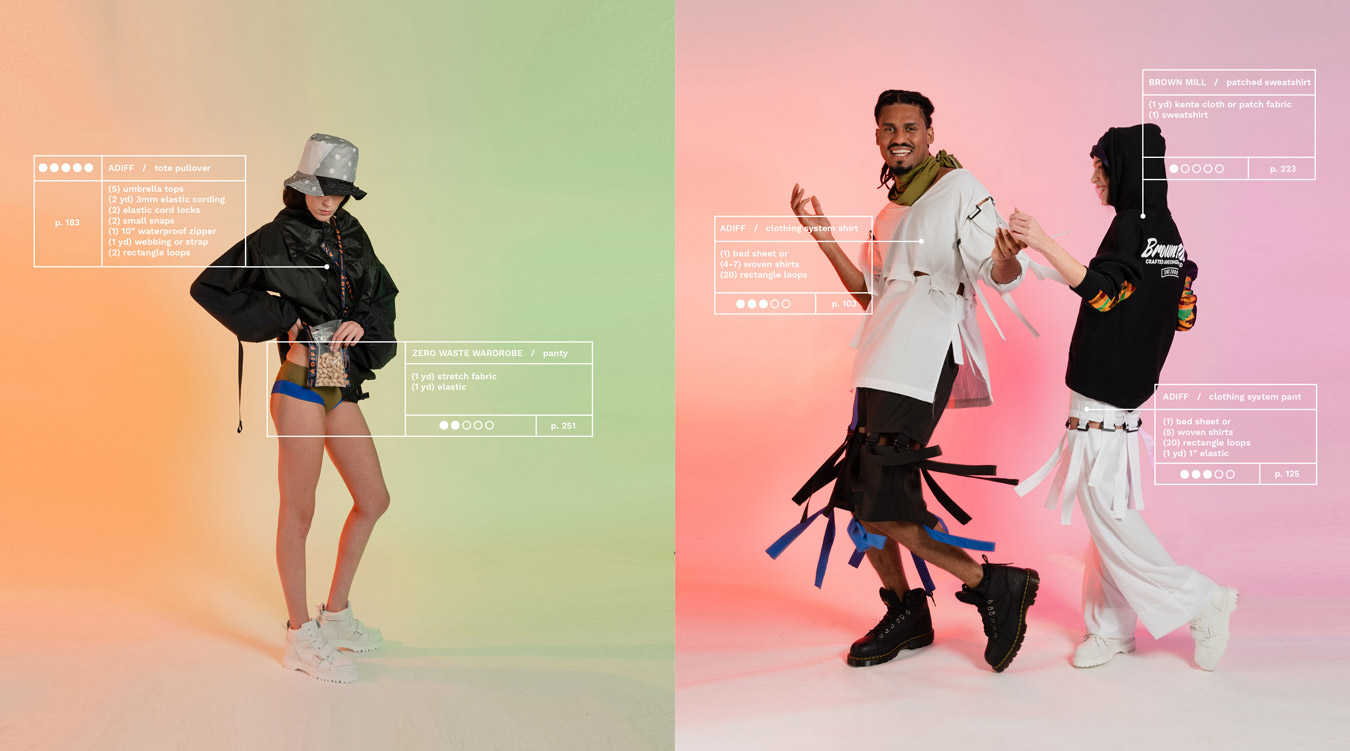
What is it that you aim to spark with this project—besides eliciting people to upcycle more, dispose less?
The purpose of this cookbook is to democratize ethical and sustainable fashion, making it more accessible for all communities to participate in. The items of the collection included in the book are designed in response to the monumental and historic moments of the year 2020—not just reflecting on their gravity, but creating designed solutions that will offer support.
Our aim was to offer a 360 approach for a more equitable, ethical, and sustainable fashion industry, to open source useful designs that can be replicated using waste or accessible / available materials, to lead a movement to challenge other brands to rethink their business model and manufacturing systems, and to create items that are actually useful and address issues such as climate change, COVID-19 and worldwide protests.
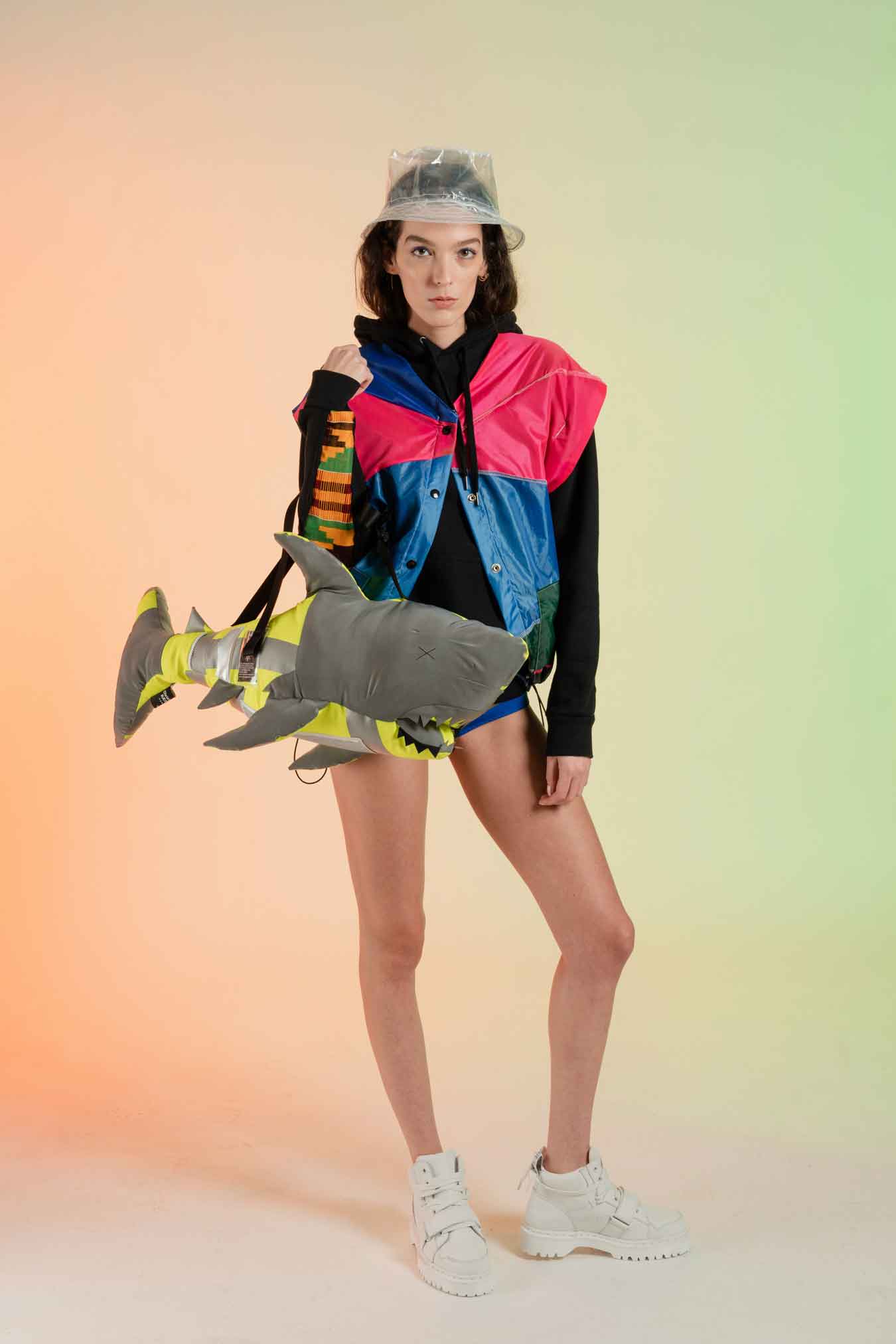
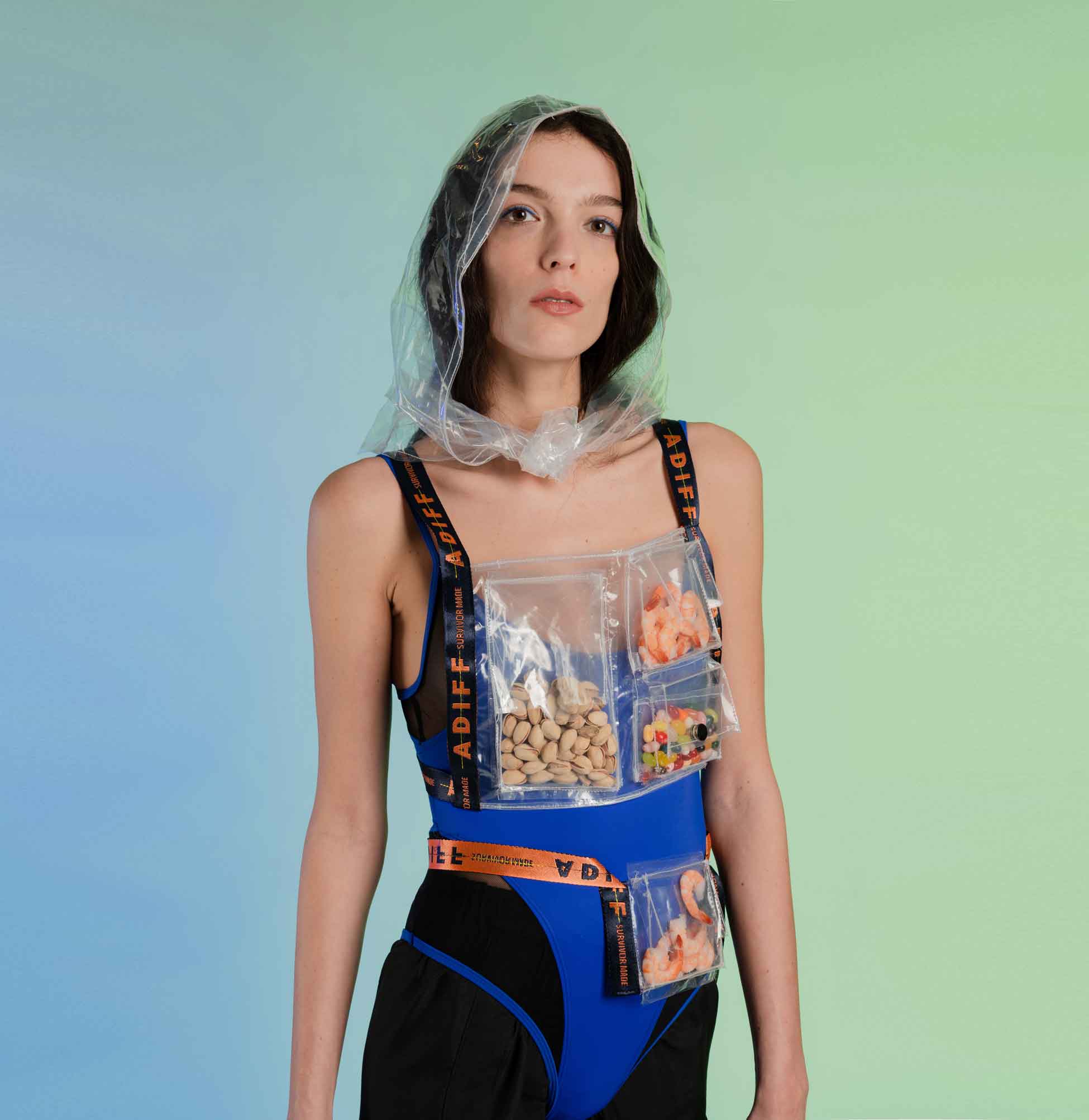
You have been active in the BLM protests last year. How has your support to the BIPOC community come through your work?
We spent so many hours marching in the street, but recognized that more had to be done. So we looked within our industry and saw massive disenfranchisement of marginalized communities: the effects of garment manufacturing on climate change are contributing to environmental racism globally, the treatment of BIPOC workers within supply chain is borderline slavery, and the unaffordable prices of shopping responsibly prohibit lower income communities from shopping responsibly. Engaging in sustainable fashion shouldn’t have to be something you have to buy into—it should be free, all about using what you have, not buying something new.
“It was at the [BLM] protests that we conceived the idea for the Cookbook.”
We see all causes as tying into our mission, regardless of whether they are social, political, or environmental. At the end of the day, our mission remains to address global issues through the medium of fashion.
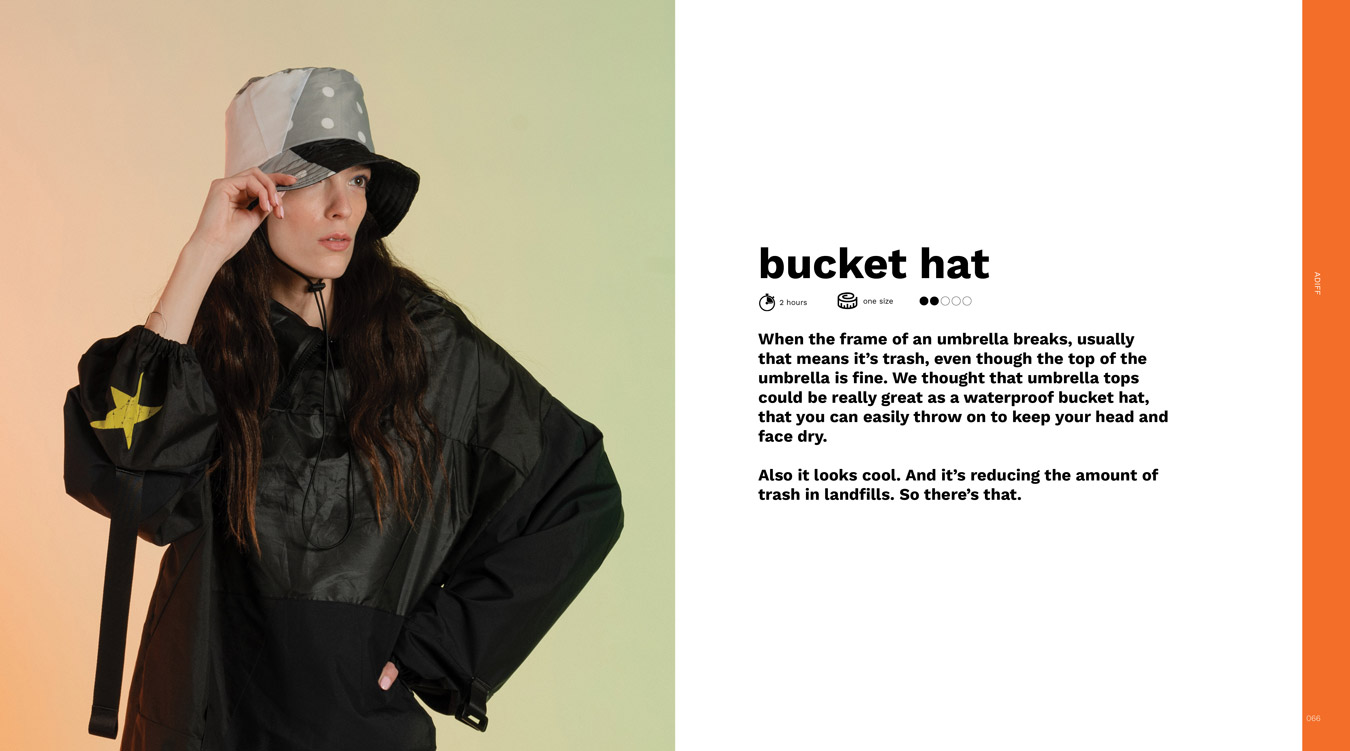
Many young designers are calling for open sources and your book is an example of it. What are the advantages and disadvantages of providing open sources for designers like you?
Open sourcing is a pretty anti-establishment concept, as fashion as we know it is built on a proprietary model. Brands go to extreme lengths to protect their supply chain, processes, and designs from consumers and other brands. We took a look at this model and started wondering who that model was most serving and how we might be able to make it more accessible?
The obvious concern is that if you release unique designs, other brands may outright copy your work. But we see the advantages as outweighing the concerns of open sourcing. Not only is it increasing transparency between brand and consumer, but it’s allowing for a wider participation with the brand among new audiences, and decreasing reliance upon an outdated industry structure.

What’s your next recipe for the industry?
We plan to continue our initiatives as it relates to accessibility within sustainable fashion, but aim to expand our reach by working with larger brands to upcycle their deadstock. The fashion industry is currently plagued by the issue of waste, especially within luxury fashion. With bans on the destruction of deadstock, we see fashion brands in a tough situation to deal with their waste. If deadstock can no longer be destroyed and is unable to be discounted due to brand devaluation, what options do they have?
For the past year, our focus has been transitioning from just a DTC fashion brand to becoming a collaborative design studio and ethical manufacturer: not only improving the environmental impact of the industry but also correcting some of the damage through our innovative solution-based design process.
"We want to bring sustainability to the forefront of established brands through partnerships, acting as an end-of-life solution for their pre- and post-consumer waste by ethically upcycling it to create new, unique collections."
*All images courtesy of ADIFF, captured by Emanuel Hahn.
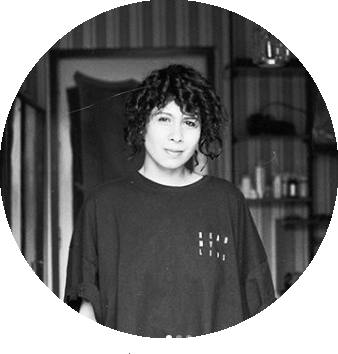
+ Words: Alejandra Espinosa, Luxiders Magazine Editor
Liberal Arts graduate | Berlin-based writer
Connect with her through alejandraespinosa.site

